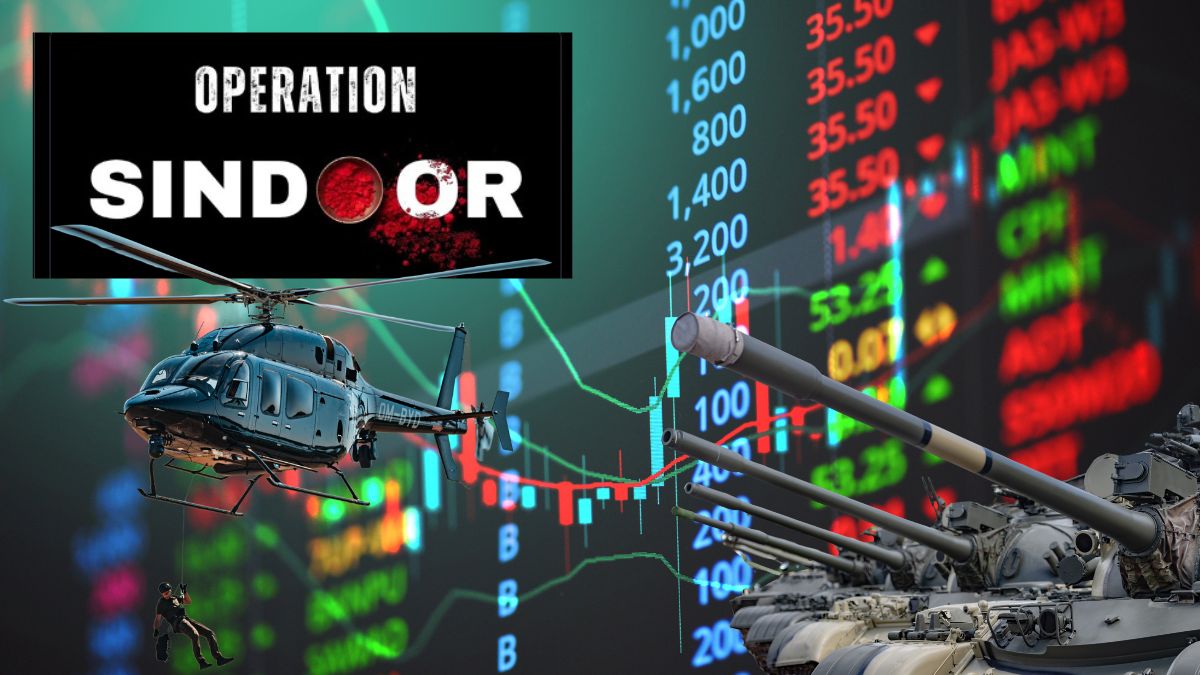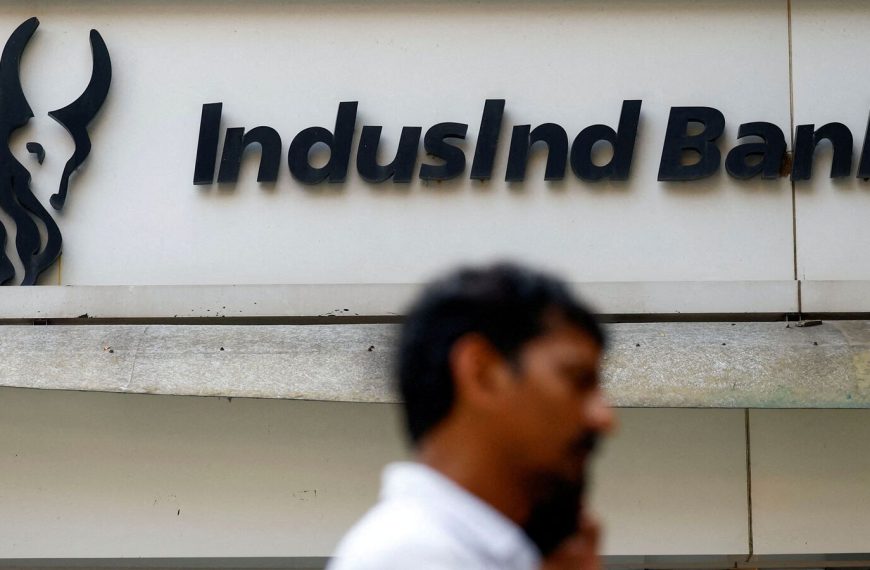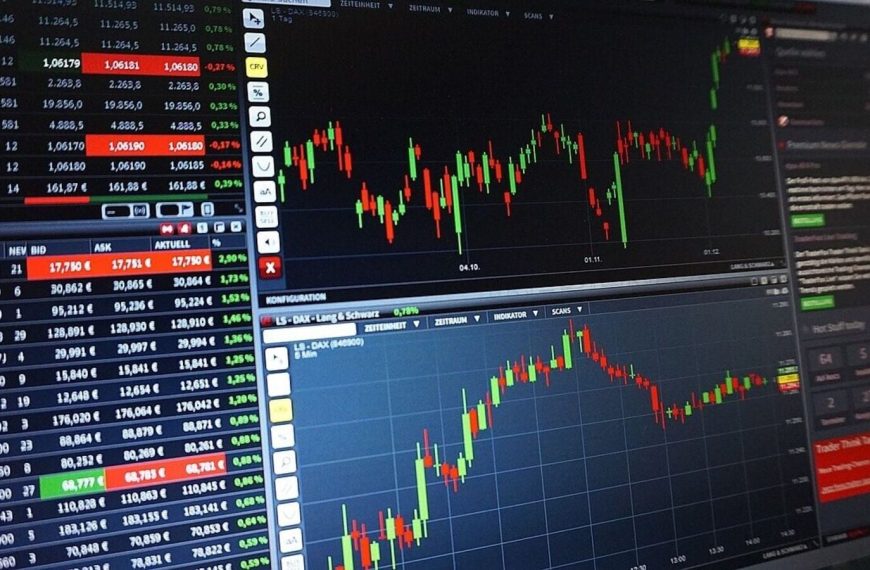Market Reactions to Operation Sindoor: What Investors Need to Know
As markets regained their footing following initial anxiety surrounding Operation Sindoor, investors are urged to remain calm and focused on long-term strategies. A recent analysis by Kotak Mutual Fund emphasizes that geopolitical tensions have historically resulted in temporary fluctuations, rather than permanent disruptions in India’s economic landscape. This report reassures investors about the importance of sticking with their investments instead of making hasty decisions like panic selling or halting Systematic Investment Plans (SIPs).
Insights from Kotak Mutual Fund
The Kotak report highlights that the government’s recent actions indicate a low likelihood of escalating conflict. However, they remind us of India’s historical context; since 1950, the country has engaged in four significant wars. Notably, during the Kargil conflict in 1999, the stock market showed resilience post-initial downturns. The report states, "While predicting market movements is complex, previous conflicts have led to temporary declines, followed by substantial recoveries."
Historical Market Performance During Conflicts
Let’s delve into how the Indian stock market has reacted to past military actions:
-
Balakot Airstrike (February 14-26, 2019):
- The Nifty index saw a 0.8% return from the day of the attack until the airstrike.
- On the day of the airstrike, the index dipped 0.4% but eventually delivered an impressive 8.9% return in the year following the event.
-
Uri Surgical Strike (September 18-28, 2016):
- The Nifty index remained almost unchanged, with a slight decline of 0.3% leading up to the strike and 0.4% on the day itself.
- Over the next year, the index rebounded with an 11.3% increase.
- Kargil War (May 3 – July 26, 1999):
- Initial panic saw the Nifty drop by 8.3% in the month prior to the conflict.
- However, during the war, the index surged by 36.6%, culminating in a 29.4% return in the year following the war.
Macro-Economic Impacts of Past Military Conflicts
Historically, conflicts have influenced macroeconomic variables, although growth impacts have been limited. Kotak Mutual Fund points out the following trends:
-
Kargil War (1999-2000):
- Inflation spiked to 5.90% in FY1999, while GDP growth was 6.18%.
- The fiscal deficit ballooned above 9%.
-
Bangladesh Liberation War (1971):
- GDP growth fell to 1.19% in FY1972 after starting at 3.30% in FY1971, with inflation exceeding 5.5%.
-
Indo-Pakistan War (1965):
- GDP rose to 7.45% in FY1965 from 5.99% in the previous year, but inflation surged to 10%.
- Sino-Indian War (1962):
- Although the conflict lasted just a month, GDP slumped to 3.72% in FY1963 from 3.72% in FY1962, with inflation rising sharply.
Looking Ahead: Investor Guidance
In conclusion, Kotak Mutual Fund offers valuable insights for investors navigating these uncertain times. They suggest that if the conflict persists, we might see inflation and fiscal deficits rise, potentially leading to further market corrections. Conversely, a short-lived conflict could stabilize markets with minimal economic repercussions.
To safeguard long-term wealth, investors are encouraged to avoid impulsive decisions like stopping SIPs. Instead, consider gradually increasing investments and topping up when feasible. Staying the course during turbulent times can position investors for future growth.











